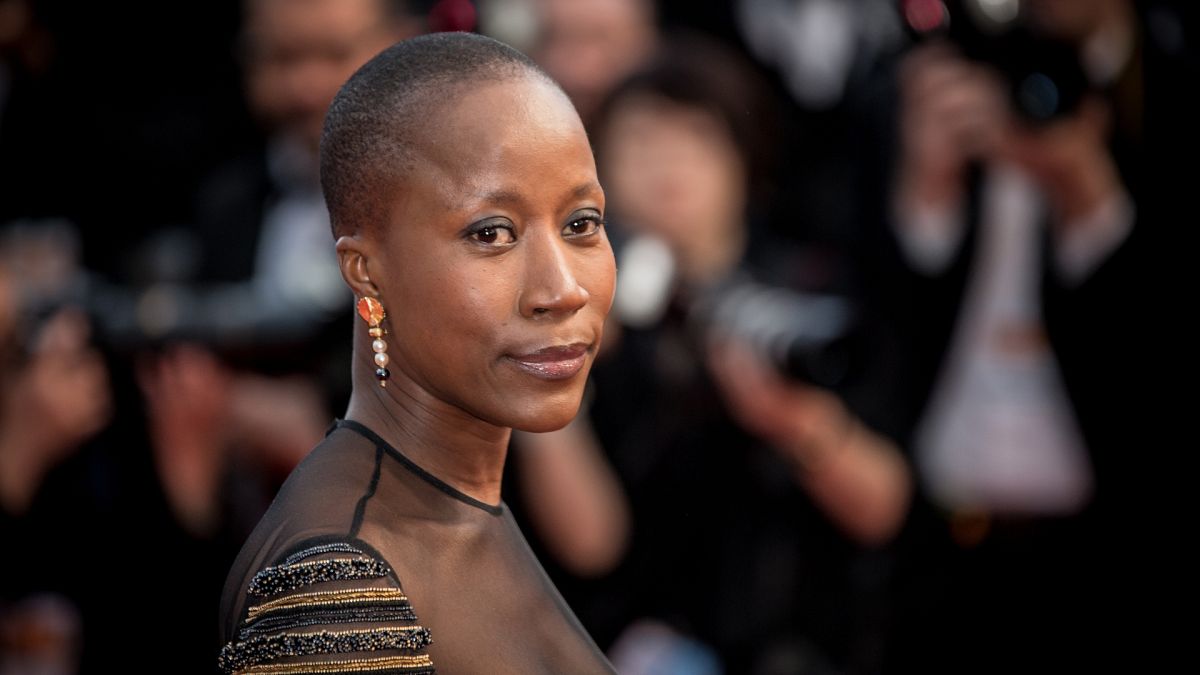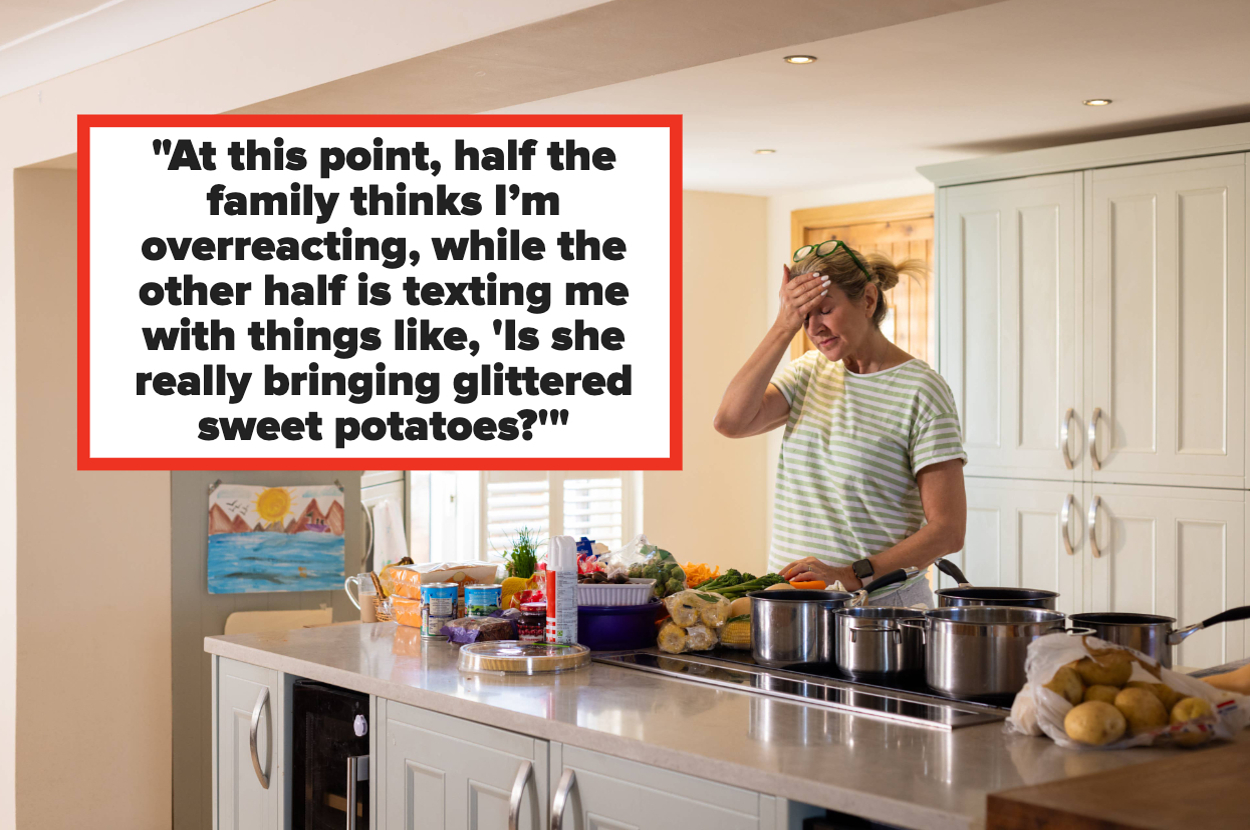Why Vanilla, the Official Scent of Girlhood, Is the Next Climate Casualty
Vanilla was the scent of my girlhood. My backpacks were littered with the carcasses of vanilla lip gloss tubes squeezed of their last sticky drops, my shower stocked with vanilla body washes. Half-full bottles of Victoria's Secret vanilla body sprays rolled around the grimy tile floors of my school's gym locker room. And during my middle and high school years, when she wanted to treat me, my mom would take me to Starbucks and let me order myself a Vanilla Bean Frappuccino with extra whipped cream, a fancy milkshake from what felt to me like a very grown-up cafe. Sweet, soothing, and sensual, vanilla was inescapable. But none of it was real.Those scents and flavors of my girlhood were almost all synthetic, a sweeter, safer, more sanitized version of vanilla. Unlike the vanilla I grew up coveting, real vanilla doesn't come packed in plastic. It comes from an orchid plant, wrapped around rainforest vines that rely on thick canopy cover, tireless human labor, and a delicate balance of wet and dry. Perfumer Christina Christie still remembers the first time she smelled the real thing. It had notes of suede. It was nothing like a Victoria's Secret."When you open up an actual bean, it's so leathery and smokey," Christie says. "I was completely blown away."In the Sava region of northern Madagascar, those vanilla beans drive the economy. During "good years" like 2017 and 2018, when prices are high, thousands of farmers will do "extremely well and make immense profits," conservation expert James Herrera, PhD, says. "But when those prices inevitably crash again, the farmers suffer." Since 2018, small businesses have shut down and theft has spiked. Sava is especially vulnerable to cyclones and droughts, which have grown more frequent and destructive in recent decades and have massively disrupted local vanilla cultivation. Experts Featured in This ArticleChristina Christie is a senior perfumer of fragrance and beauty at Givaudan Fragrances.James Herrera, PhD, is the conservation project coordinator for the Duke Lemur Center, a research extension of Duke University based in the Sava region of Madagascar.I may be a grown woman now - gone through puberty, graduated from college, had my heart really broken. But those old lip gloss tubes and body wash bottles haven't changed since I threw them away in middle school. They're almost certainly sitting in a landfill somewhere, stinking of vanilla-scented residue next to those single-use Starbucks cups and their green straws, still intact apart from my teeth marks. They may not break down for another 440 years, and will meanwhile contribute to landfill methane emissions, one of the leading causes of climate change. The vanilla products that shape so much of girlhood in the US are a hollow, diluted version of the real thing - and the plastic they're packaged in stands to snuff that out altogether, making life harder for the people who grow it. Vanilla-scented junk (or chocolate, or pumpkin spice, or hibiscus) is so forcefully marketed at us from such a young age. And while my personal lip glosses may never reach the rural towns of Madagascar, the impact of their "forever plastics" already has.While there are rising competitors in places like Uganda, Papua New Guinea, and even Florida and California, Herrera says the quality of Malagasy vanilla - which is "extremely labor intensive" to produce - can't be beat. "In Sava, nothing is mechanized," he says. Everything is done by hand, including the pollination of every single orchid flower, which only open for two hours at dawn from August through November, sometimes December. The orchids grow on vines out in the forest, but with deforestation and worsening droughts, those vines have been withering. And a vicious cyclone can wipe out years of work on vanilla fields in a matter of hours. At the Duke Lemur Center in Sava, Herrera works closely with many of the region's small farmers to promote climate-resilient agriculture that can help protect rural communities from the fall-out of climate change. His team is leading a push for agroforestry to grow back some of the canopy, as well as the cultivation of coffee, clove, and cacao, none of which are quite as labor intensive or susceptible to climate shocks as vanilla.Dried Madagascar vanilla pods."We have to recognize that the climate is going to continue to change and be less predictable," he tells PS. "Vanilla monoculture is going to leave farmers extremely vulnerable, and these diversified and highly coveted crops . . . are great options for farmers to add to their toolkit."Vanilla labor continues long after harvest, too. "It's a long process to turn the green vanilla into the black vanilla you see in the market," Herrera explains. This part is also done by hand, mostly by women farmers who take the beans out and massage them to stimulate the oils. They then have to be sun-dried, though too much drying will spoil them. It requires precision and patience, and "so much love and care, energy and knowledge" to produce real vanilla, 90 percent of which he says gets exported for anywhere from $20 to $250 per kilogram depending upon the year and the quality grade.Labels on my mindless drugstore purchases may read "vanilla," but their flavor is nothing like what's produced in Sava. "In the US, it's sugary, powdery sweetness," Christie describes. "It's happiness and marshmallows with sprinkles on top. You can put vanilla in everything." In that way, vanilla has earned itself the reputation of being boring, tame, and unexciting. But natural vanilla is unruly. And Christie uses it whenever she can - even just a little pinch. "It can really turn a fragrance into such a textural, intoxicating experience," she says. "The natural vanilla makes it a little bit unsafe, something velvety, dark, and rich."I'm no longer a kid but I still love vanilla, even the fake stuff. Some nights, to wind down, I light the vanilla and bergamot candle on my bedside table and smear my lips in a CVS-brand vanilla chapstick. One of my earliest memories in the kitchen was learning from my dad - who's quite liberal with the vanilla extract - to pour it into the plastic cap instead of directly into the mixing bowl, to better control the strength of the flavor. I'm not the only one with a strong attachment to the scent. Researchers from the University of Oxford and the Karolinska Institute in Sweden published a study in 2022 that identified vanillin, the chemical compound found in fresh and synthetic vanilla, as the top-ranked scent among 225 participants from nine "diverse nonwestern cultures."But the continued production of plastic to package our cheap cravings directly damages vanilla orchids - the original plant from which we extracted a scent that's now so familiar it may as well be in our DNA. That comparison isn't actually far off: Like garlic and alcohol, researchers have found vanilla molecules will transfer into breast milk when ingested by the mother, making it one of the first sensory experiences for some humans on this earth. "People always say babies smell like heaven," Christie says. "That's because heaven has got to smell like vanilla."But judging by its sprawl on this physical plane - microplastics have been found near the top of Mt. Everest and a single-use plastic bag was observed in the depths of Mariana Trench - plastic may very well have infiltrated heaven by now, too. Related: Parenthood Can Amplify Climate Anxiety - Here's How to Cope Emma Glassman-Hughes is the associate editor at PS Balance. Before joining PS, her freelance and staff reporting roles spanned the lifestyle spectrum; she covered arts and culture for The Boston Globe, sex and relationships for Cosmopolitan, travel for Here Magazine, and food, climate, and agriculture for Ambrook Research.
:upscale()/2024/10/03/645/n/1922195/tmp_DO9cyq_2f76c93250ef7a42_GettyImages-1923189739.jpg)

















